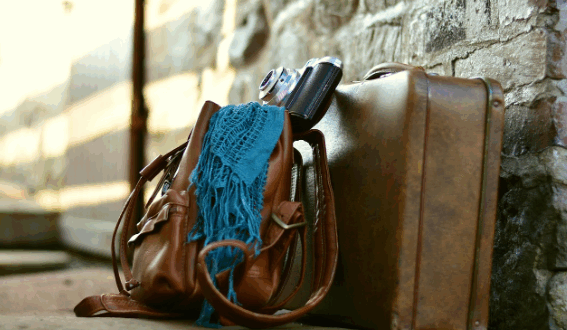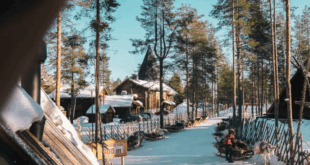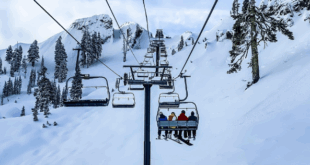Winter travel can be magical — crisp mountain air, snowy landscapes, cozy cafés — but it also comes with a challenge: staying warm without overpacking. The key? layering. With the right combination of base, mid, and outer layers, you can tackle any winter weather while traveling light and stylish. Here’s your ultimate guide to layering like a pro.
1. Start With the Base Layer: Moisture Management
The base layer is your first line of defense. Its job? Keep you dry and comfortable.
- Materials: Merino wool, synthetic fabrics (like polyester or nylon). Avoid cotton — it traps moisture and chills you.
- Tips:
- Lightweight, long-sleeve tops and leggings work well under heavier layers.
- Merino wool is naturally odor-resistant, so you can wear it multiple days without washing.
2. Add a Mid Layer: Insulation
The mid layer traps warmth, creating a barrier between your body and cold air. Think of it as your personal heater.
- Options: Fleece jackets, down vests, lightweight sweaters, or insulated pullovers.
- Tips:
- Choose pieces that are compressible for easy packing.
- Layering a fleece under a down jacket is perfect for very cold days.
3. Top It Off With an Outer Layer: Protection From the Elements
Your outer layer shields you from wind, rain, and snow. It’s your armor against the elements.
- Materials: Waterproof or water-resistant shells, breathable fabrics with windproof features.
- Tips:
- A hooded jacket is essential for snow or rain.
- Look for jackets with ventilation zips to prevent overheating.
4. Don’t Forget Accessories
Small items can make a huge difference in winter comfort.
- Hats & headwear: Wool beanies, thermal caps, or balaclavas.
- Gloves & mittens: Layer thin liner gloves under waterproof outer gloves for flexibility.
- Scarves & neck gaiters: Protect your neck and face from windburn.
- Socks: Merino wool socks keep your feet warm and dry. Bring multiple pairs!
5. Layer Smart, Not Bulky
Winter layering is about flexibility, not bulk. Here’s how to maximize warmth while minimizing weight:
- Choose versatile pieces: A lightweight down jacket can double as a mid or outer layer depending on conditions.
- Mix and match: Neutral-colored layers make it easy to combine items without overpacking.
- Pack compression bags: Save space in your luggage for heavier items like boots or jackets.
6. Footwear & Snow Gear
Cold feet ruin any trip. Pack shoes that are:
- Waterproof or water-resistant
- Insulated, but lightweight
- Comfortable for walking long distances
For deep snow or mountain trips, bring gaiters and thermal liners.
7. Packing Checklist for Winter Travel
Here’s a simplified packing list based on the layering system:
- Base layer: 2–3 tops, 2–3 bottoms
- Mid layer: 1–2 fleece or insulated jackets
- Outer layer: 1 waterproof shell
- Accessories: hat, gloves, scarf/neck gaiter
- Footwear: waterproof boots, thermal socks, casual shoes
- Optional: hand warmers, thermal leggings
Final Tips for Layering Like a Pro
- Plan for your destination: Check average temperatures and precipitation.
- Dress in layers early: You can always remove layers if you’re too warm.
- Prioritize quality over quantity: One high-quality jacket is better than three cheap ones.
- Think multifunctional: Pieces that double as casual wear save packing space.
Mastering the layering system means staying warm, comfortable, and stylish — no matter where winter takes you. With a smart packing strategy, your winter travels will be worry-free, letting you focus on adventure, snow, and seasonal magic.
 Travellers Club The Travellers Club, a free to join on-line club for everyone who loves to travel.
Travellers Club The Travellers Club, a free to join on-line club for everyone who loves to travel.









